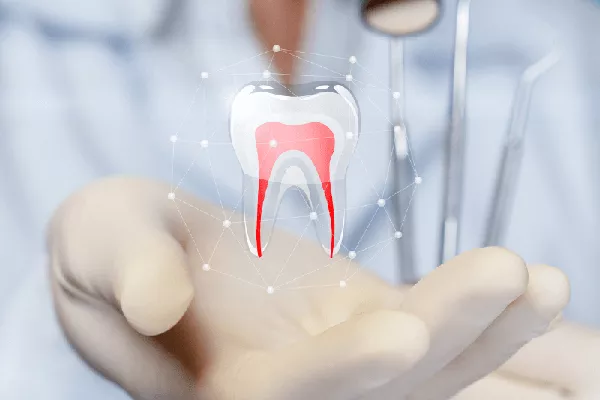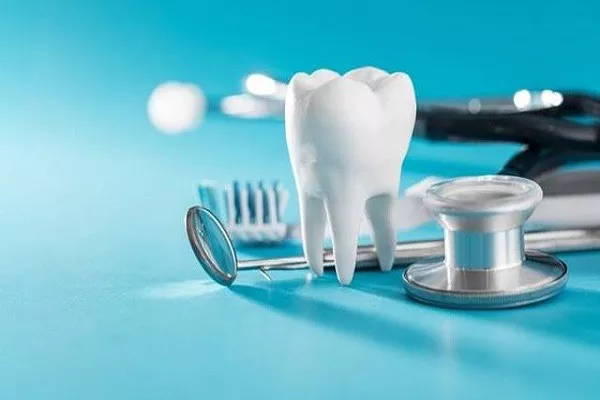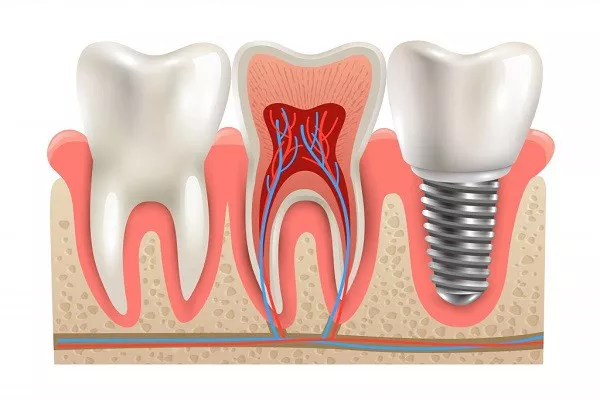After getting a tooth filling, it’s common to experience some numbness in the area around the tooth due to the use of local anesthesia during the procedure. The length of time that the numbing sensation lasts can vary depending on several factors, such as the type of anesthesia used, the location of the filling, and individual factors such as metabolism and tolerance.
In general, the effects of local anesthesia typically last for two to three hours after a tooth filling procedure.
However, some individuals may experience numbness for up to six hours or more, while others may only feel numbness for an hour or less.
The type of anesthesia used can also impact the duration of the numbness.
Novocaine is one of the most common types of anesthesia used for dental procedures, and its effects typically last for two to three hours. Other types of anesthesia, such as lidocaine or bupivacaine, may last longer or shorter depending on the individual and the dose used.
The location of the filling can also impact the duration of the numbness.
If the filling is located in the front teeth or near the surface of the gum line, the effects of the anesthesia may wear off more quickly. On the other hand, fillings in the back teeth or deeper in the gum line may take longer for the anesthesia to wear off.
It’s important to be cautious during the period of numbness to prevent accidentally biting or injuring the tongue, lips, or cheek. Avoid eating or drinking hot or cold beverages until the numbness wears off completely.
If the numbness lasts longer than expected, or if you experience any other unusual symptoms, such as severe pain or swelling, contact your dentist as soon as possible.
In summary, the length of time that numbness lasts after a tooth filling procedure can vary depending on several factors, such as the type of anesthesia used, the location of the filling, and individual factors. In most cases, the effects of local anesthesia typically last for two to three hours, but it’s important to be cautious and avoid injuring the mouth during this time. If you experience any unusual symptoms, contact your dentist for further guidance.
































